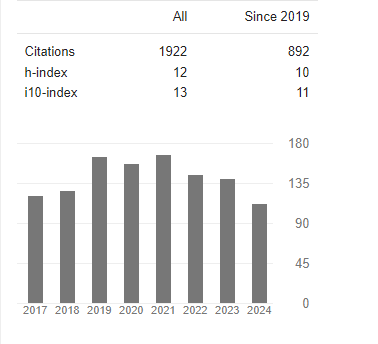Mechanical and Micrography Analysis of Armour Plate Weldment Using Tungsten Inert Gas and Oxy-Acetylene Welding Methods
Abstract
Emmanuel Obiora Agbogu, Danladi King Garba, Jacob Olaitan Akindapo, Obinna Anayo Osuchukwu, Sikiru Adepoju Mohammed
Defence Industries Corporation of Nigeria (DICON) has compared the effect of Tungsten Inert Gas (TIG) and Oxy-Acetylene welding methods on microstructural and some mechanical properties of Armour plate for the modification of military troop carriers. The optical emission spectrometer (OES) at DICON was used to analyse the chemical composition of the armour plate strip. It was then machined and cut to various test piece dimensions for both welding processes, following which the weldment samples were subjected to post-weld mechanical tests (tensile, impact, and hardness) and metallographic examination. The samples were then welded according to the procedure outlined in this study. The fundamental composition of armour plates was preserved in the samples. When compared to Oxy-Acetylene (OA) welding, Tungsten Inert Gas (TIG) welding produced better results, with an average ultimate strength (UTS) of 603.52 MPa and an impact strength of 10.53 J. In addition, the TIG analysis hardness strength for the source material, heat affected zone (HAZ), and weldment sample is 510.3, 502, and 511-HV, respectively. At x200 magnification, the micrography of the TIG weldment revealed a small coarse grain size of ferrite and larger areas of pearlite.



